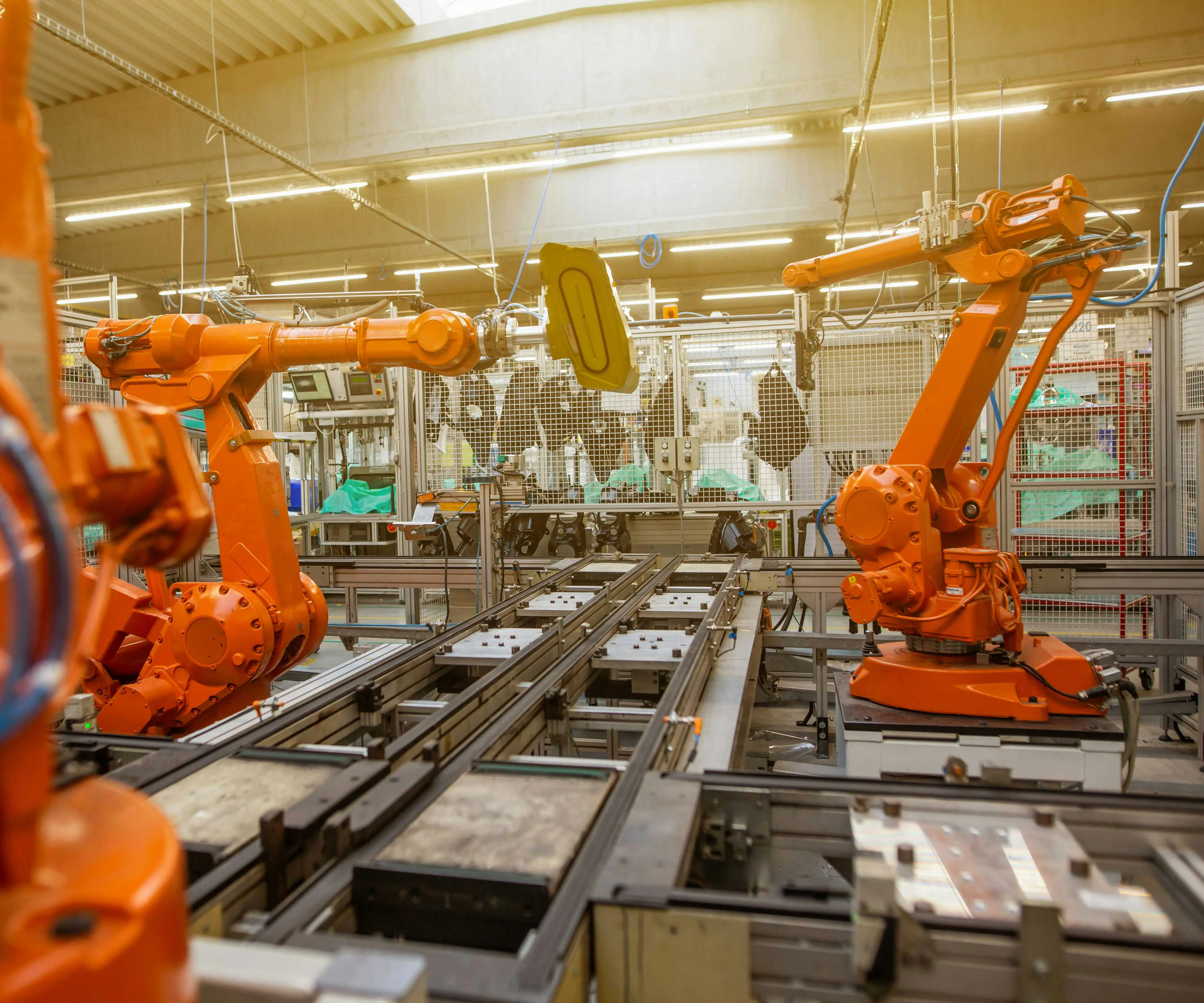Imagine a bustling city where countless roads and alleyways connect different neighborhoods. Each street serves a purpose, guiding people smoothly from one point to another, making the whole city alive and cohesive. That’s what microservices do for a digital application—they’re like those city roads, seamlessly interlinking to create a vibrant, efficient ecosystem.

So, how do microservices connect with each other? Think of each microservice as a small, dedicated shop. Each one specializes in a certain product—say, one handles user authentication, another manages payments, while yet another takes care of notifications. They’re independent, but they need to talk to keep the city running. And that “talk” is usually done through APIs, the digital handshake that allows these shops to exchange information quickly and reliably.
But it’s not just about simple messaging. Sometimes, microservices are structured in a way that mirrors a relay race. One service hands off data to another, passing the baton seamlessly, so the user experience feels uninterrupted. For example, when you order a product online, one microservice verifies your identity, another confirms inventory, and a third processes the payment—all communicating behind the scenes.
It’s intriguing how these tiny, focused services can cluster into complex, large systems. They connect in a web-like pattern, where some services need to call multiple others, creating layers of interaction. These connections must be fast, reliable, and scalable because if one link in the chain weakens, the whole system could stumble. That’s where thoughtful architecture and robust communication protocols come into play.
And then there’s the question—why not just build a monolithic app? Well, imagine trying to fix a small part of a giant, tangled machine. Without breaking everything apart, it’s a nightmare. Microservices allow each component to evolve independently. Sometimes, a new feature in one microservice can be rolled out without messing up the entire ecosystem. No downtime, no chaos.
Now, I wonder—what’s the real secret sauce that makes microservice communication so effective? It’s often about clear boundaries, minimal dependencies, and choosing the right tech stack. Messaging queues, REST APIs, gRPC—each has its charm and use case. And a good microservice architecture doesn’t just connect services; it anticipates future growth and potential bottlenecks. It’s about building a system that feels as smooth as a well-oiled machine, even as it scales up.
In the end, connecting microservices isn’t just a technical detail—it’s the heartbeat of flexible, scalable software. When done right, it breathes life into your applications, turning a collection of independent parts into a cohesive whole. The key is to keep those connections lean, purposeful, and resilient, so the system can handle whatever comes its way. And isn’t that what modern digital landscapes demand?
Established in 2005, Kpower has been dedicated to a professional compact motion unit manufacturer, headquartered in Dongguan, Guangdong Province, China. Leveraging innovations in modular drive technology, Kpower integrates high-performance motors, precision reducers, and multi-protocol control systems to provide efficient and customized smart drive system solutions. Kpower has delivered professional drive system solutions to over 500 enterprise clients globally with products covering various fields such as Smart Home Systems, Automatic Electronics, Robotics, Precision Agriculture, Drones, and Industrial Automation.




































